Nature is filled with seasonal changes. Every year, predictable events happen like the first wildflowers blooming that signal particular seasons. One of the most familiar for many people is the arrival of many new backyard birds in Spring. On the other hand, those same birds depart in the Fall as trees begin to lose their leaves. For example, geese flying in a V as they head South as days get shorter. Have you ever wondered why birds like these fly South in Winter?
In this Naturalist Answers post, we’ll learn about why some birds disappear when the weather gets cold, only to return in the Spring.
Bird Migration 101

When animals move from one place to another at predictable times, it is known as migration. When birds fly South in Winter, they’re performing a migration. Some birds, like the American robin don’t always migrate, while others must do it to complete their life cycles. Among birds that migrate, there are:
- Facultative migrants, which may migrate under certain conditions (like robins)
- Obligate migrants, that always migrate and which need to do so
Migration typically involves birds moving to places with more favorable conditions at certain times of year. This could mean mountain-dwelling species moving down into valleys in the Winter, or desert species moving toward water sources. In North America, Europe, and Eurasia, migration typically means birds flying South in Winter.

In the Southern hemisphere, however, birds need to migrate North to find warmer weather! For example, many species in Australia spend the Winter in warmer areas in tropical Indonesia, and return South to breed in the Austral Summer.
From quick hops to epic journeys
As you can see, there are lots of different kinds of bird migrations. Scientists also divide up migratory birds by how far they migrate. There are three basic classes based on distance:
- Short-distance migrants, that don’t cover much ground, but may move up and down in elevation. These migrants are often taking advantage the way that conditions change predictably at high vs. low elevations. For more info on how elevation affects outdoor conditions, check out my post on the elevation time machine.
- Medium-distance migrants, which cover distances of hundreds of miles or kilometers. These birds may cross between states or counties but less often entire countries.
- Long-distance migrants, which undergo massive journeys that cross countries and even hemispheres of the planet! These birds regularly cover distances that are thousands of miles or kilometers. For example, arctic terns migrate 18,000 miles or more per year as they pursue summer temperatures around the globe.
Of the nearly 10,000 described bird species on Earth, nearly 1 in 5 are long distance migrants. More than 1/3 of all bird species may regularly engage in one of these forms of migration. So, migration is clearly a big part of bird life. So what makes it worth the effort?
Why do birds fly South in Winter?
As with other why questions in the natural world, the answer to why birds fly South in winter has two answers. The first one is a proximate answer, for why individual birds do it on a year-to-year basis. The second, ultimate answer, is about why birds developed the ability to migrate in the first place. That is, how migration happened.
Why migrate?
Let’s start with the first question: why migrate? Migration is a ton of work. Imagine how hard birds have to work to move hundreds, sometimes thousands of miles or kilometers! Not to mention the risk of injury or death that comes with moving through so much unfamiliar territory. For many bird species, survival rates during the first migration as inexperienced youngsters can be as low as 50%! Would you want to take that gamble?
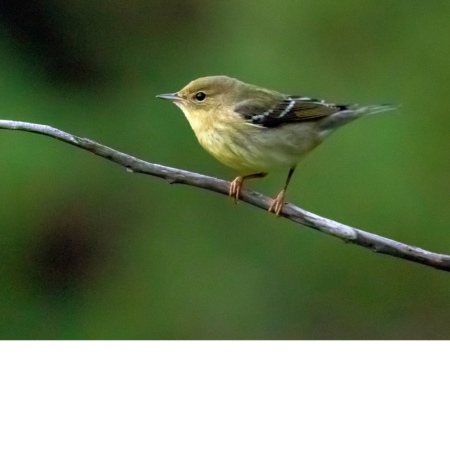
However, as we know, many birds do. The Blackpoll warbler, for example flies thousands of miles nonstop over the Atlantic ocean to get between their breeding and overwintering sites. So what makes the juice worth the squeeze? For most birds, it’s a combination of two things:
- taking advantage of available food
- avoiding harsh or inclement weather or climate conditions
Chasing the food
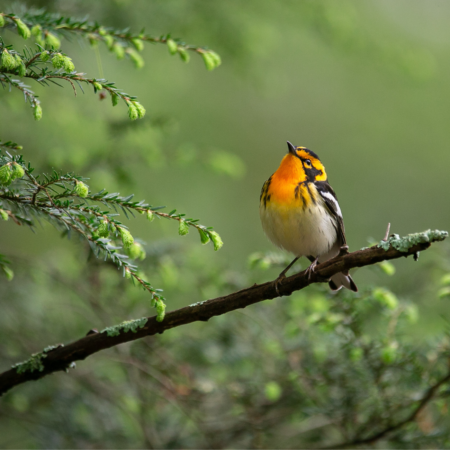
Interestingly, the first of these reasons seems to be by far the most important. While many birds can survive winter temperatures fairly well, running out of food is a much bigger risk. Or, on the flipside, taking advantage of massive feeding opportunities when they arise is too good to pass up!
For migratory birds in the Northern hemisphere, they are flying South to make sure they have enough food in Winter. If you consider common backyard birds that migrate and others that don’t, they sort nicely by their diets. For example, seed-eating birds like Goldfinches and omnivorous birds like crows and jays that can eat a variety of foods don’t tend to migrate.
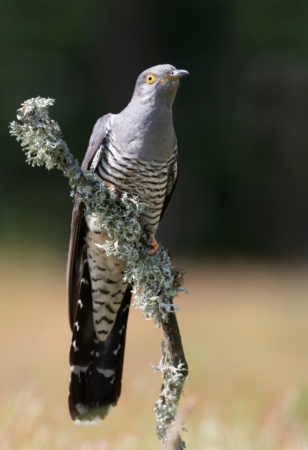
However, insect-eating birds and nectar-feeding birds like hummingbirds can’t stick around in winter when their food disappears. As bugs tend to disappear during the Winter, birds need to take off to somewhere they can get enough to eat.
Season of plenty
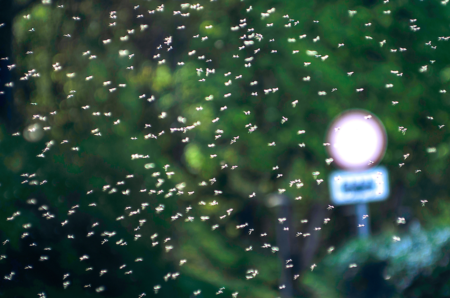
If birds migrate to find food, why don’t they all stay in the tropics where there is food year round? Although it might be hard to imagine, temperature or seasonal biomes actually produce more food for birds during Spring and Summer than are available in the tropics. In other words, the productivity from photosynthesis during the warm seasons creates an absolute feast for birds during those seasons.
While food availability is much lower in temperate regions during the Winter, Springtime brings unmatched resources for breeding birds. So much so, in fact, that birds that breed in temperate climates often have twice (or more) as many babies in a season!

This is obviously a big advantage. Furthermore, the threat of predators may be greater in tropical environments, where there are more species, sometimes at higher densities. Tropical birds may lose up to 90% of their nests to predators, compared to much lower (50% and below) rates for birds in many temperate habitats.
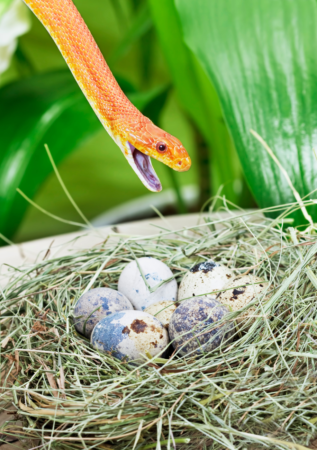
With these advantages in mind, it’s clear that migration is well worth the effort for many species.
Why do birds migrate in general?
Thinking more about the ultimate question, it’s also interesting to consider how migration happened in the first place. What were ancestral birds doing that eventually developed into these huge journeys that many birds undergo today?
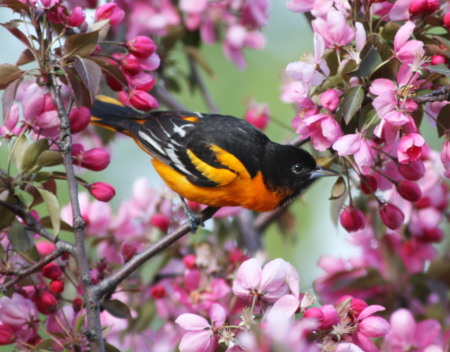
Scientists have developed two major hypotheses or potential explanations for how migration first happened. These are:
- The Southern Home hypothesis, which says that birds from the tropics started migrating northward to take advantage of available food for breeding.
- The Northern Home hypothesis, where birds living at higher latitudes started coming Southward during the Winter but returning North to their breeding grounds.
As it turns out, there seems to be support for both of these hypotheses, meaning that one may be true for some species, and the other for others. However, experts believe that more of today’s migratory birds follow the Northern home hypothesis. In other words, they were already breeding at higher latitudes, and started moving further and further Southward during the winter to maintain better diets.
Thanks for reading about why birds fly South in Winter!
Do you have a favorite migratory bird story? Share with us in the comments! If you enjoyed this article, please let us know using the Contact page and share it on social media.

